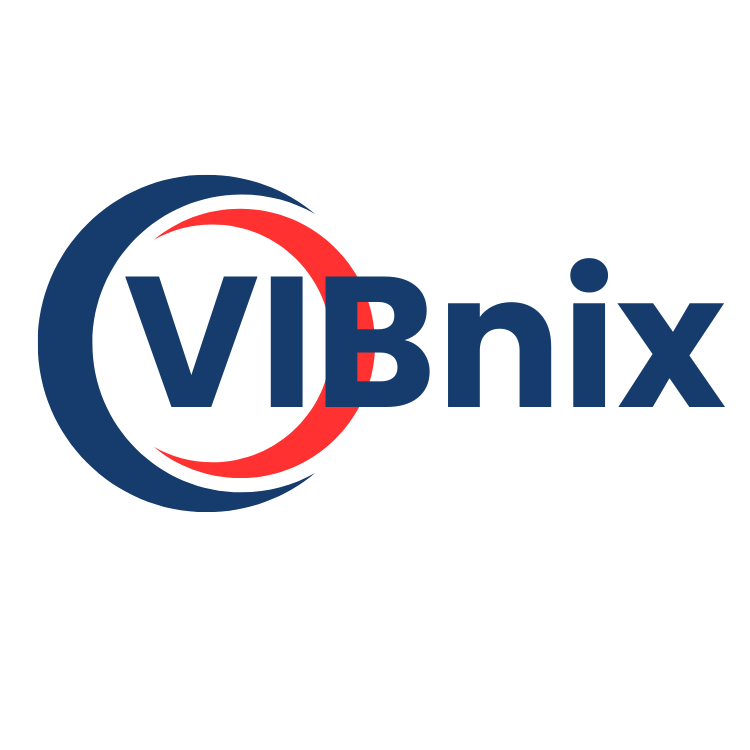Dysautonomia Market Revenue Analysis: Growth, Share, Value, Size, and Insights
"Key Drivers Impacting Executive Summary Dysautonomia Market Size and Share
Data Bridge Market Research analyses a growth rate in the dysautonomia market in the forecast period 2023-2030. The expected CAGR of dysautonomia market is tend to be around 12% in the mentioned forecast period.
Analysis and discussion of important industry trends, market size, market share estimates are also covered in this global Dysautonomia Market report. The usefulness of SWOT analysis and Porter's Five Forces analysis in generating market research report makes it preferable by the businesses and hence also used while preparing this Dysautonomia Market report. Dysautonomia Market report consists of market analysis by regions, especially North America, China, Europe, Southeast Asia, Japan, and India, focusing top manufacturers in global market, with production, price, revenue, and market share for each manufacturer. Being the most suitable example of the key market attributes, this Dysautonomia Market report has been prepared by keeping in mind every market related aspect.
Dysautonomia Market report provides statistics on the current state of the industry and thereby acts as a valuable source of guidance and direction for companies and investors interested in this market. Each of the topics is researched and analysed in depth for generating comprehensive Dysautonomia Market research report. This Dysautonomia Market report examines the market with respect to general market conditions, market status, market improvement, key developments, cost and profit of the specified market regions, position and comparative pricing between major players. Dysautonomia Market report is an absolute background analysis of the Dysautonomia Market industry which includes an assessment of the parental market.
Understand market developments, risks, and growth potential in our Dysautonomia Market study. Get the full report:
https://www.databridgemarketresearch.com/reports/global-dysautonomia-market
Dysautonomia Industry Trends
Segments
- By Type: The global dysautonomia market can be segmented into Neurocardiogenic Syncope, Postural Orthostatic Tachycardia Syndrome (POTS), Multiple System Atrophy (MSA), Pure Autonomic Failure (PAF), and others.
- By End User: This market can be segmented into Hospitals, Specialty Clinics, Ambulatory Surgical Centers, and Others.
- By Treatment: Based on treatment, the dysautonomia market can be segmented into Medications, Lifestyle Modifications, Physical Therapy, and Surgery.
- By Distribution Channel: The market can be segmented into Hospitals Pharmacies, Retail Pharmacies, and Online Pharmacies.
Market Players
- Bristol-Myers Squibb Company: Bristol-Myers Squibb is a leading player in the global dysautonomia market, offering a range of medications for the treatment of various types of dysautonomia.
- Pfizer Inc.: Pfizer is another key player in this market, known for its innovative pharmaceutical products targeting dysautonomia.
- Teva Pharmaceutical Industries Ltd.: Teva offers a variety of medications and therapies for dysautonomia patients, contributing significantly to market growth.
- Merck & Co., Inc.: Merck is a prominent player in the dysautonomia market, focusing on research and development of new treatment options for patients.
- Novartis AG: Novartis is actively involved in the dysautonomia market, with a strong portfolio of medications catering to different manifestations of the disorder.
The global dysautonomia market is witnessing significant growth, driven by factors such as increasing prevalence of dysautonomia, growing awareness about the condition, and advancements in treatment options. With a rise in neurological disorders worldwide, the demand for effective dysautonomia treatment is on the rise. The market segmentation based on type, end user, treatment, and distribution channel provides a comprehensive view of the industry landscape, aiding stakeholders in making informed decisions.
In terms of type, Neurocardiogenic Syncope, Postural Orthostatic Tachycardia Syndrome (POTS), and Multiple System Atrophy (MSA) are among the most prevalent forms of dysautonomia, driving market growth. Hospitals, specialty clinics, and ambulatory surgical centers are the primary end users of dysautonomia treatments, offering a range of services to patients. Medications, lifestyle modifications, physical therapy, and surgery are key treatment modalities in managing dysautonomia symptoms, catering to the diverse needs of patients.
Market players such as Bristol-Myers Squibb, Pfizer, Teva Pharmaceutical Industries, Merck & Co., and Novartis play a crucial role in shaping the global dysautonomia market. These companies invest in research and development initiatives to bring forth innovative therapies and medications, enhancing patient outcomes and driving market expansion. Collaborations, partnerships, and strategic acquisitions are common strategies adopted by key players to strengthen their market presence and gain a competitive edge.
Overall, the global dysautonomia market presents lucrative opportunities for investors, healthcare providers, and manufacturers, given the rising prevalence of the condition and the growing emphasis on personalized treatment approaches. As technological advancements and research breakthroughs continue to reshape the healthcare landscape, the dysautonomia market is poised for sustained growth in the coming years.
The global dysautonomia market is anticipated to witness substantial growth in the forecast period, driven by factors such as the increasing prevalence of dysautonomia and the rising awareness regarding the disorder among both healthcare professionals and patients. The market is characterized by intense competition among key players striving to bring innovative treatment options to the market to cater to the diverse needs of dysautonomia patients. With the constant evolution of treatment modalities and the advent of advanced therapies, the dysautonomia market is set to experience notable expansion.
Segmentation of the dysautonomia market based on types such as Neurocardiogenic Syncope, Postural Orthostatic Tachycardia Syndrome (POTS), and Multiple System Atrophy (MSA) helps in understanding the specific needs of patients with different forms of the disorder. This targeted approach allows healthcare providers and pharmaceutical companies to tailor their strategies and offerings accordingly, enhancing patient care and driving market growth.
The end-user segmentation of the dysautonomia market into hospitals, specialty clinics, ambulatory surgical centers, and others reflects the diverse healthcare settings where dysautonomia patients seek treatment. Each end user segment plays a vital role in providing comprehensive care to patients with dysautonomia, offering a range of services such as medication administration, diagnostic tests, and rehabilitation programs. Understanding the preferences and requirements of each end user segment is crucial for market players to effectively penetrate the market and establish a strong presence.
Treatment segmentation of the dysautonomia market based on medications, lifestyle modifications, physical therapy, and surgery highlights the multifaceted approach employed in managing dysautonomia symptoms and improving patient outcomes. Each treatment modality addresses specific aspects of the disorder, aiming to alleviate symptoms, enhance quality of life, and prevent disease progression. The availability of a variety of treatment options empowers healthcare providers to customize treatment plans according to individual patient needs, fostering better patient engagement and adherence.
The distribution channel segmentation of the dysautonomia market into hospitals pharmacies, retail pharmacies, and online pharmacies reflects the diverse channels through which dysautonomia medications and therapies reach patients. Each distribution channel offers unique advantages in terms of accessibility, convenience, and affordability, catering to the varied preferences of patients and healthcare providers. Market players can leverage different distribution channels to optimize product reach and maximize market penetration, ensuring widespread availability of dysautonomia treatments.
In conclusion, the global dysautonomia market presents a dynamic landscape characterized by continuous innovation, strategic collaborations, and a patient-centric approach to healthcare delivery. As the market continues to evolve in response to changing patient needs and technological advancements, there is immense potential for growth and development in the management of dysautonomia. By leveraging market segmentation insights and adopting a holistic approach to patient care, stakeholders in the dysautonomia market can drive sustainable growth, enhance treatment outcomes, and positively impact the lives of dysautonomia patients globally.The global dysautonomia market is highly competitive and presents numerous opportunities for growth and development. Market segmentation based on type, end user, treatment, and distribution channel offers a comprehensive understanding of the industry landscape. Neurocardiogenic Syncope, Postural Orthostatic Tachycardia Syndrome (POTS), and Multiple System Atrophy (MSA) are key segments driving market expansion, reflecting the diverse manifestations of the disorder. Healthcare providers such as hospitals, specialty clinics, and ambulatory surgical centers play a crucial role in delivering dysautonomia treatments and services, addressing the specific needs of patients.
Treatment modalities including medications, lifestyle modifications, physical therapy, and surgery emphasize the multifaceted approach to managing dysautonomia symptoms and improving patient outcomes. Each treatment option targets different aspects of the disorder, aiming to enhance the quality of life for dysautonomia patients. Distribution channels such as hospitals pharmacies, retail pharmacies, and online pharmacies provide avenues for the accessibility and affordability of dysautonomia medications, catering to the preferences of patients and healthcare providers.
Key players in the dysautonomia market, including Bristol-Myers Squibb, Pfizer, Teva Pharmaceutical Industries, Merck & Co., and Novartis, drive market growth through innovative research and development initiatives. Collaborations and strategic partnerships are common strategies employed by these players to strengthen their market presence and offer advanced therapies to patients. The constant evolution of treatment modalities and the emphasis on personalized care contribute to the significant growth potential of the dysautonomia market in the forecast period.
The rising prevalence of dysautonomia globally, coupled with increasing awareness among healthcare professionals and patients, further fuels market growth. With advancements in treatment options and a focus on patient-centric care, the dysautonomia market is poised for notable expansion in the coming years. The competitive landscape, driven by the introduction of innovative therapies and strategic alliances, underscores the dynamic nature of the market and the opportunities it presents for stakeholders across the healthcare sector.
Break down the firm’s market footprint
https://www.databridgemarketresearch.com/reports/global-dysautonomia-market/companies
Dysautonomia Market Reporting Toolkit: Custom Question Bunches
- What is the total valuation of the Dysautonomia industry this year?
- What will be the future growth outlook of the Dysautonomia Market?
- What are the foundational segments discussed in the Dysautonomia Market report?
- Who are the dominant players in Dysautonomia Market each region?
- What countries are highlighted in terms of revenue growth for Dysautonomia Market?
- What company profiles are included in the Dysautonomia Market report?
Browse More Reports:
Global Meat Cultures Market
North America Lipids Market
Asia-Pacific Drug Delivery Market
Global 72” Paint Protection Film Market
Global Gold Nanoparticles Market
Asia-Pacific Spinal Cord Injury Treatment Market
North America Agricultural Sprayers Market
Global Porous Ceramic Market
Middle East and Africa Electronic Clinical Outcome Assessment (eCOA) for Content Licensed Market
Global Prurigo Nodularis Treatment Market
Global Industrial B2B Chemical Packaging Market
Global Explosion-Proof Equipment Market
Global Paper Based Containers Market
Global Botnet Detection Market
Global Ethylene Tetrafluoroethylene Market
Middle East and Africa Electronic Components Market
Global Vegan Cheese Market
Global 3D Mapping and 3D Modeling Market
Global Hammertoe Market
Global Myeloperoxidase Deficiency Market
Asia-Pacific Electronic Components Market
North America Sensors Market
Asia-Pacific Exoskeleton Market
Global Metagenomics Market
Global Influencer Market
Global Non-Dispersive Infrared Market
Europe Fuel Tank Market
Middle East and Africa Handheld Spectrum Analyzer Market
About Data Bridge Market Research:
An absolute way to forecast what the future holds is to comprehend the trend today!
Data Bridge Market Research set forth itself as an unconventional and neoteric market research and consulting firm with an unparalleled level of resilience and integrated approaches. We are determined to unearth the best market opportunities and foster efficient information for your business to thrive in the market. Data Bridge endeavors to provide appropriate solutions to the complex business challenges and initiates an effortless decision-making process. Data Bridge is an aftermath of sheer wisdom and experience which was formulated and framed in the year 2015 in Pune.
Contact Us:
Data Bridge Market Research
US: +1 614 591 3140
UK: +44 845 154 9652
APAC : +653 1251 975
Email:- corporatesales@databridgemarketresearch.com
- Vibnix Blog
- Politics
- News
- Liberia News
- Entertainment
- Technology
- Éducation
- Art
- Causes
- Crafts
- Dance
- Drinks
- Film
- Fitness
- Food
- Jeux
- Gardening
- Health
- Domicile
- Literature
- Music
- Networking
- Autre
- Party
- Religion
- Shopping
- Sports
- Theater
- Wellness



